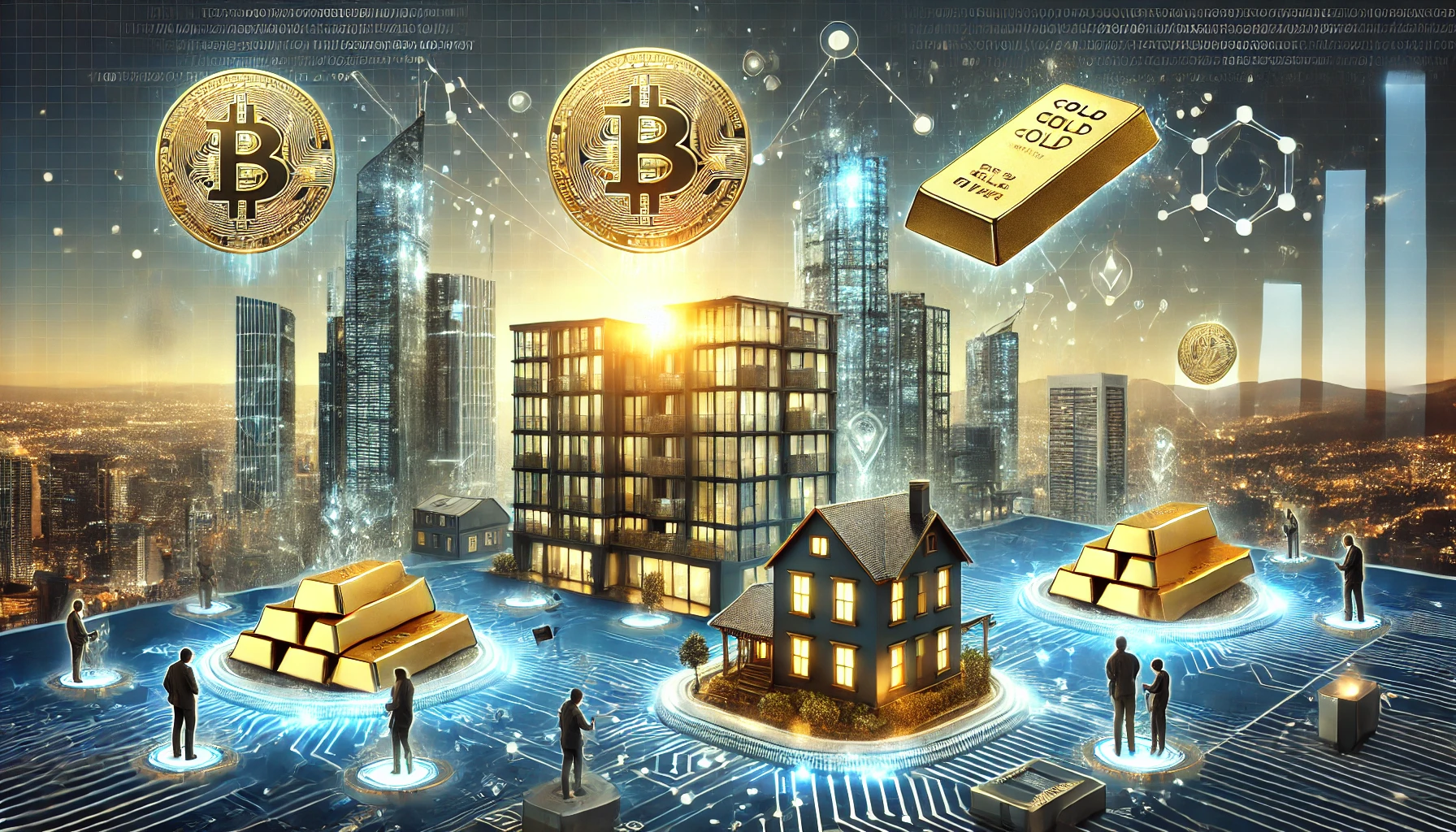Unlocking the Future of Finance: How Tokenizing Real-World Assets like Gold and Real Estate is Disrupting DeFi

Welcome to the New Gold Rush: Tokenizing Real-World Assets
Imagine a world where owning a fraction of a skyscraper or a gold bar is as simple as clicking a button. Sounds futuristic, right? Well, that future is now, thanks to the evolution of real-world assets (RWA) in decentralized finance (DeFi). In the good old days, investing in commodities like gold or real estate was exclusive to the ultra-wealthy or those in specific industries. But with the rise of tokenization, DeFi has opened the doors to a broader, more inclusive financial landscape. You can now own a slice of that posh penthouse in New York or a few ounces of gold—all from the comfort of your living room.
How Does Tokenization Work, Anyway?
Okay, let’s not get lost in the blockchain jargon. Tokenization is simply the process of turning a real-world asset, like property or commodities, into a digital token on the blockchain. These tokens can represent fractional ownership, so instead of buying a whole building (because who has that kind of cash?), you can buy a small portion of it. Cool, right? Each token is backed by the real asset, ensuring it holds real value. This isn’t Monopoly money we’re talking about here—these tokens are legit.
From Gold to Real Estate: What’s Being Tokenized?
Gold has always been a favorite for investors, and now you can buy digital gold tokens that are backed by actual gold reserves. Real estate is another hot commodity in the DeFi world. Platforms like RealT are allowing investors to buy fractional shares of properties around the globe. And it doesn’t stop there! Commodities like oil, agriculture products, and even art are being tokenized. The idea is simple: take something that’s hard to divide or access and make it available in bite-sized, blockchain-backed pieces. It’s like splitting a giant pizza into manageable slices for everyone.
Why Should You Care About Tokenized Assets in DeFi?
Good question! Tokenized assets bring a new level of liquidity to traditionally illiquid markets. Think about it—how fast can you sell a piece of real estate? Probably not very quickly. But with tokenization, you can sell your share almost instantly on a decentralized exchange. Also, tokenization reduces the barriers to entry. No longer do you need hundreds of thousands of dollars to get into real estate or gold; a few bucks can get you started. It’s democratizing finance in a way that was previously unimaginable.
Challenges Ahead: Is Tokenization Too Good to Be True?
As with anything in the crypto world, it’s not all rainbows and unicorns. Tokenizing real-world assets does come with its challenges. Regulation is a big one—governments are still playing catch-up with blockchain technology, and legal frameworks for tokenized assets are still in the works. Then there’s the issue of trust. While blockchain is secure, ensuring that the underlying real-world assets are properly managed and stored is crucial. Nobody wants to invest in a token that turns out to be backed by a phantom asset!
The Future of DeFi and Tokenized Assets
So, what’s next? As more assets get tokenized, we’re likely to see an explosion in the DeFi space. Tokenized assets could eventually be used as collateral for loans, traded on decentralized exchanges, or even staked in yield farming protocols. The possibilities are endless. But the real kicker? It’s going to make traditional financial institutions rethink how they operate. Tokenization is leveling the playing field, and it’s only a matter of time before the big players in finance take notice.
Final Thoughts: Ready to Dive Into Tokenized Assets?
We’re living in a time where technology is fundamentally transforming how we interact with money and investments. Tokenizing real-world assets like gold, real estate, and commodities isn’t just a trend—it’s the future of finance. But what about you? Are you ready to take the plunge into the world of tokenized assets and explore the endless possibilities of DeFi?



